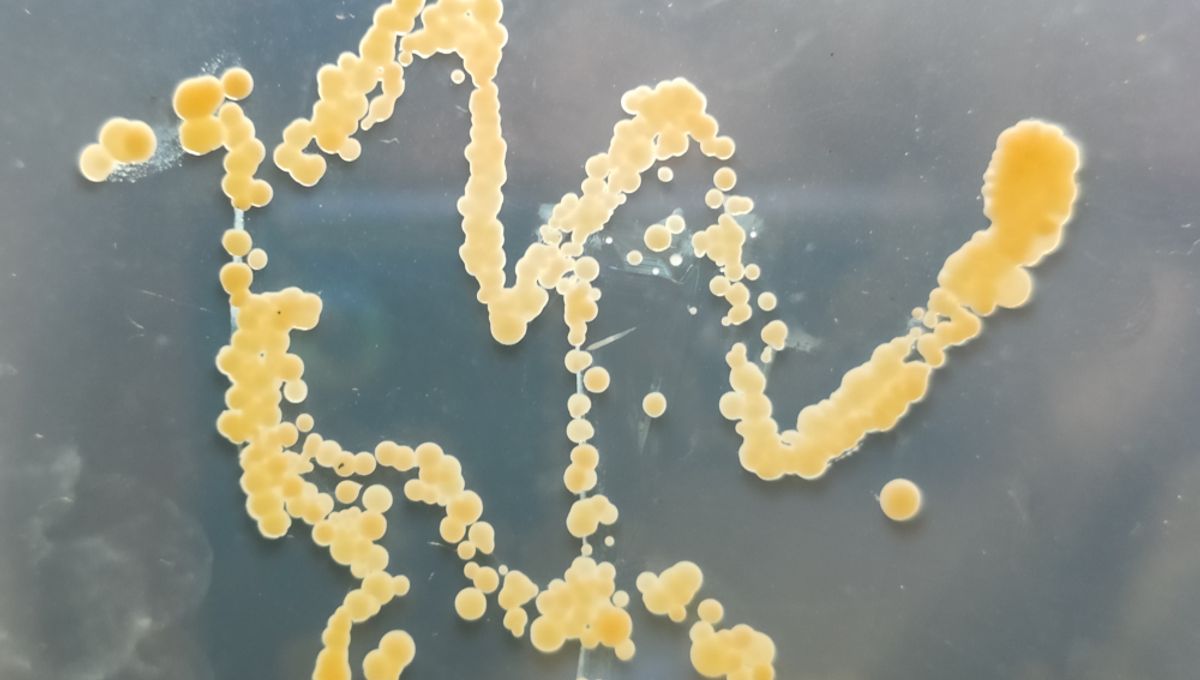
A common bacterium that lingers on many people’s skin appears to flare up the autoimmune condition lupus, according to new research. The idea has only been proven in mice so far, but the study offers some much-needed insight into this chronic condition.
Lupus, aka systemic lupus erythematosus, is a long-term condition that causes joint pain, inflammation, skin rashes, tiredness, hair loss, sun sensitivity, and organ damage. The condition is most often seen in women – notably a lot of Black and Asian women – with nine out of 10 cases occurring in female patients. It’s defined as an autoimmune disorder, meaning the body’s natural defense system is mistakenly attacking healthy cells.
While it’s starting to become apparent that bacteria in the body’s natural colonies play a role in autoimmune diseases like lupus, no study had linked skin microbes to autoimmune inflammation so far.
In this new study, scientists from the Tohoku University Graduate School of Medicine in Japan infected mice with a lupus-like skin condition with a bacterium called Staphylococcus aureus. Just less than a third of people are naturally long-term carriers of this microbe, where it lives on their skin and up their nose without too much trouble. However, it does hold the potential to cause an array of infections, most notably staph infections of the skin.
When the researchers infected the mice with S. aureus, they found it increased the severity of their condition.
Diving deeper into this observation, they found that the bacteria caused a type of white blood cell, called neutrophils, to overproduce neutrophil extracellular traps – which are normally used to trap pathogenic cells. The overproduction of these little traps resulted in excessive inflammation through the production of inflammatory cytokines, which killed skin cells.
Once again, this study has only been carried out in mice so far. Nevertheless, the researchers put forward a strong case that a similar problem involving S. aureus bacteria is occurring in people with lupus.
“I believe this mechanism is working in humans too,” Kenshi Yamasaki, study co-author and an associate professor of dermatology at Tohoku University in Japan, told The Scientist.
As it stands, there is no “cure” for lupus, but the condition can be managed using a variety of treatments that can ease symptoms and prevent flare-ups, including anti-inflammatory medicines and steroids. Interestingly, another common treatment involves hydroxychloroquine, the malaria drug that became notorious during the pandemic due to claims it could prevent COVID-19 (clinical trials and studies failed to prove it did).
It’s hoped that gaining a deep understanding of lupus, as this study achieves, could potentially pave the way toward better treatments for this life-changing condition.
The new study was reported in the journal Science Immunology on October 28.
Source Link: Lupus Seems To Have A Close Link To Bacteria Lurking On People's Skin